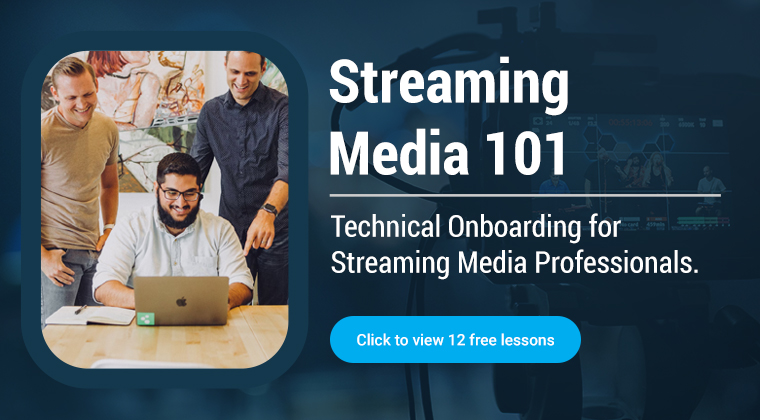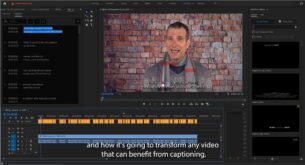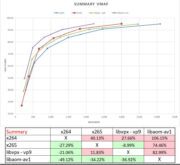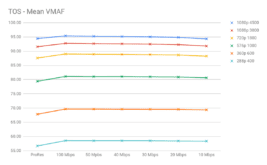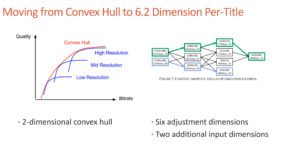In this Mile High Video 2025 interview, Jan Ozer from the Streaming Learning Center spoke with Akamai’s Will Law about the latest developments in media delivery and edge computing. Will discussed Akamai’s global media delivery network, advancements in Common Media Client Data (CMCD), Media over QUIC, and emerging trends in video codecs. You can watch the interview on YouTube here, and …
Read More »Streaming Learning Center Goes Mobile
Just a quick announcement to let you know that if you’re taking a course on the Streaming Learning Center, you can now access lessons via a mobile app. By way of background, we use a learning management system called Thinkific to host all Streaming Learning Center courses. Thinkific recently launched its new mobile app for iOS and Android that we …
Read More »Improve Zoom Video Quality for VOD in Premiere Pro
If you’re converting a Zoom or other conference recording for VOD distribution, here’s how to improve Zoom video quality in Premiere Pro before uploading Many of us use conferencing systems like Zoom and others to produce interviews that we broadcast live and later on VOD. Often you can’t control the quality of the video coming in from the remote participant …
Read More »How to Set Exposure with your Camcorder and DLSR
This tutorial teaches you how to set exposure and white balance on your camcorder and DSLR for live and on-demand video production. This article was derived from a lesson in my Live Streaming Bootcamp course, which teaches you the skills and techniques that optimize the quality of your webinars and live streams. Click here for more detail on the course. …
Read More »Speech-to-text In Premiere Pro – Fast, Easy, Accurate, and Free
This video tutorial teaches you how to convert speech-to-text in Premiere Pro. I’ve been using Premiere Pro for more years than I care to think about, and most recent new features, as you’d expect with a mature product, are incremental. This new speech-to-text feature is absolutely an exponential addition that’s going to change how we think about captioning and transcribing …
Read More »Real-World Bandwidth Savings from VP9, HEVC, and AV1
This article is about a video lesson that computes the bandwidths savings afforded by the FFmpeg-based implementations of VP9 (libvpx-VP9), H.264 (x264), HEVC (x265), and AV1 (libaom-AV1). The lesson uses the Netflix convex hull analysis to build unique encoding ladders for each test clip and codec and shows why BD-Rate figures don’t accurately predict real-world savings. Towards the end, it …
Read More » Streaming Learning Center Where Streaming Professionals Learn to Excel
Streaming Learning Center Where Streaming Professionals Learn to Excel

